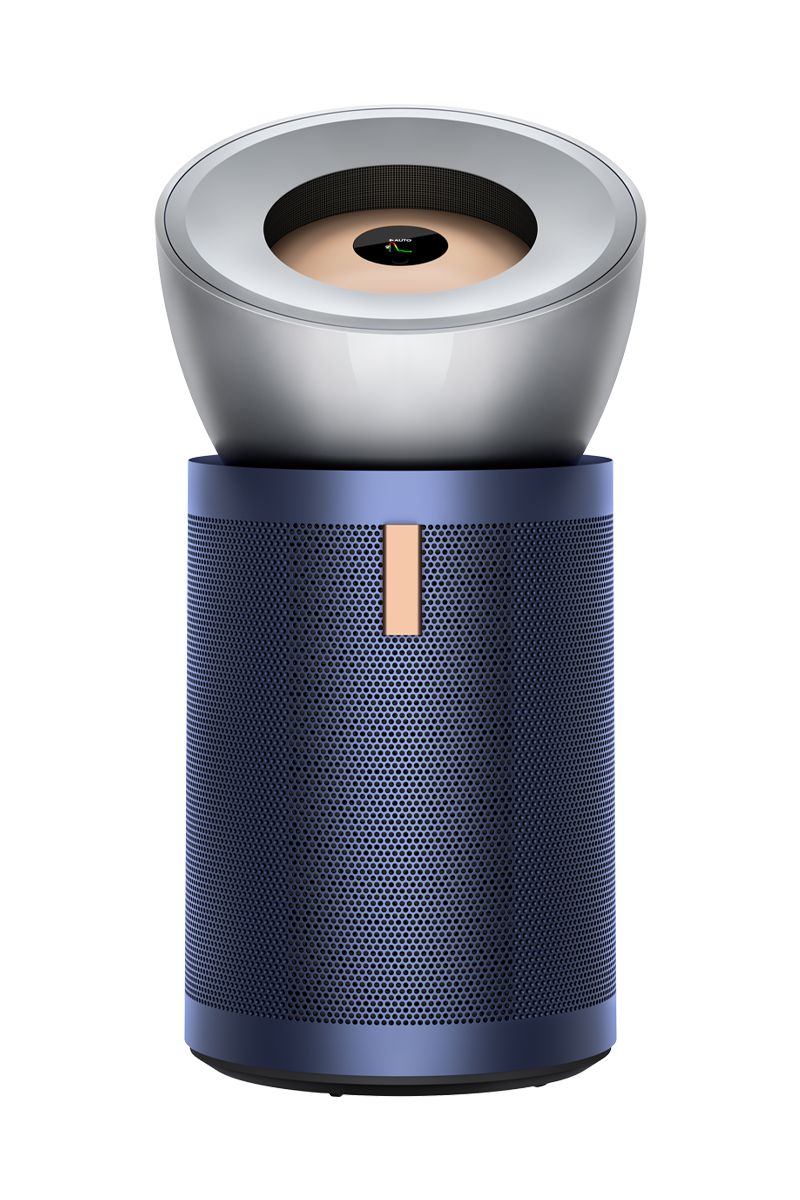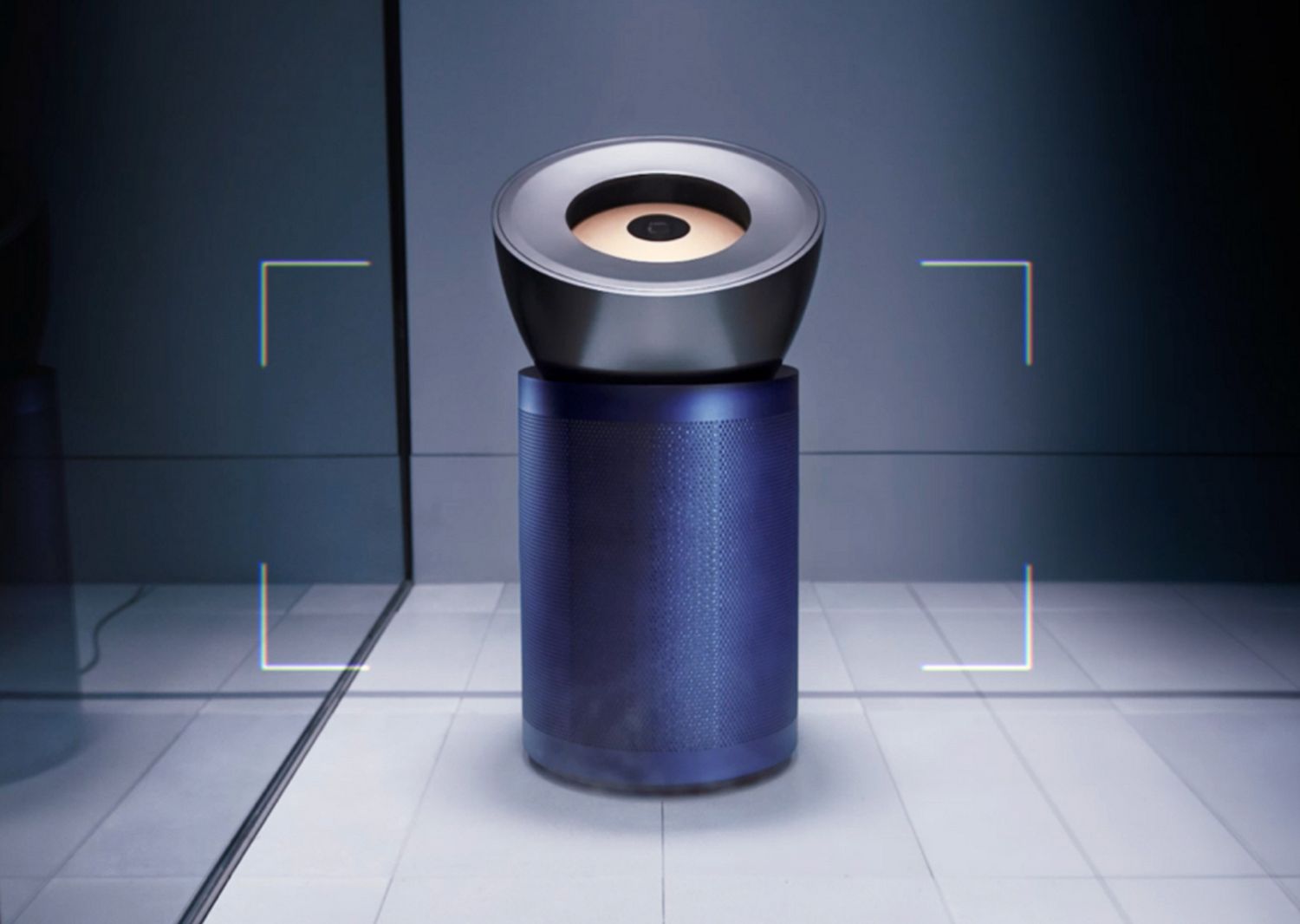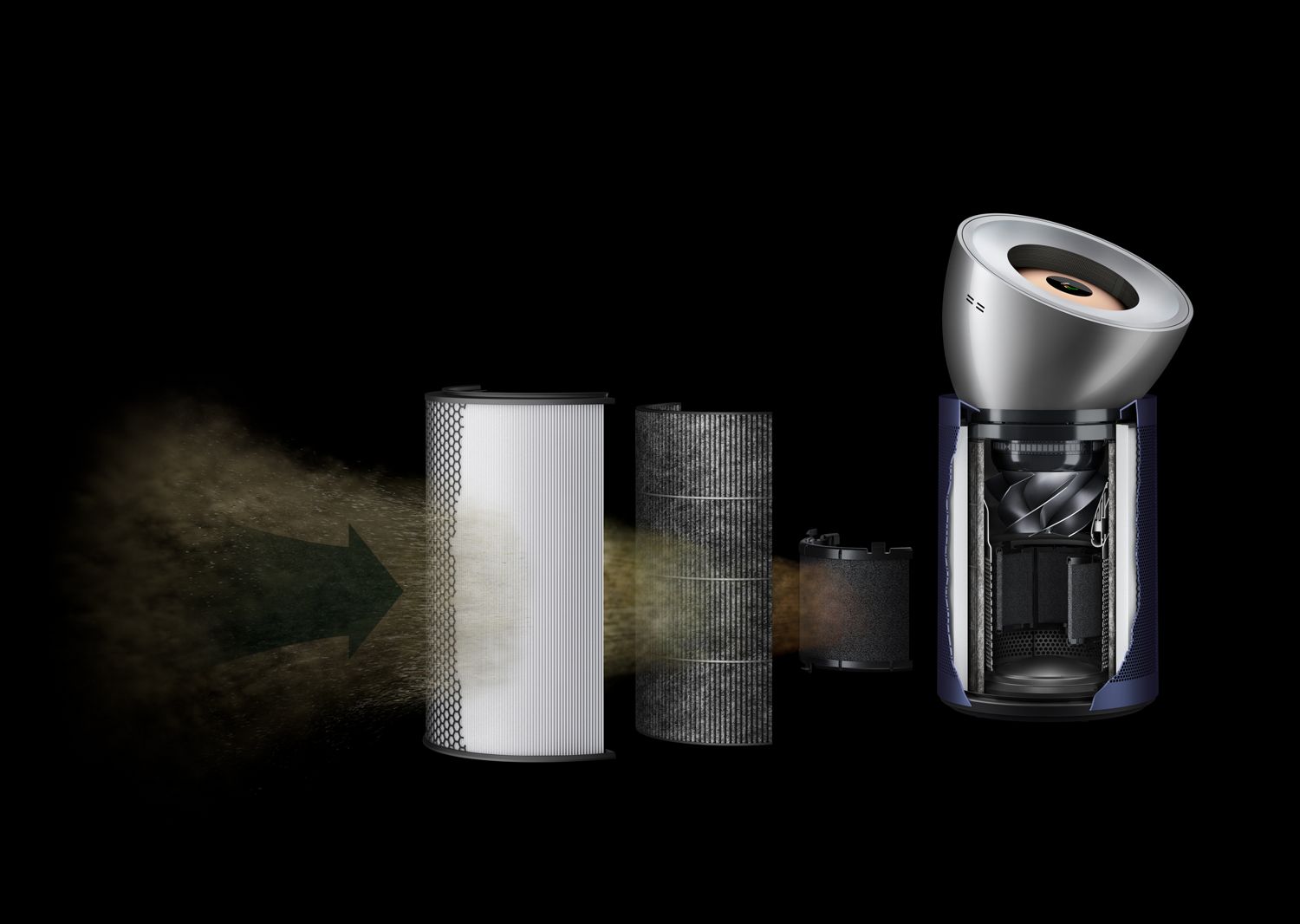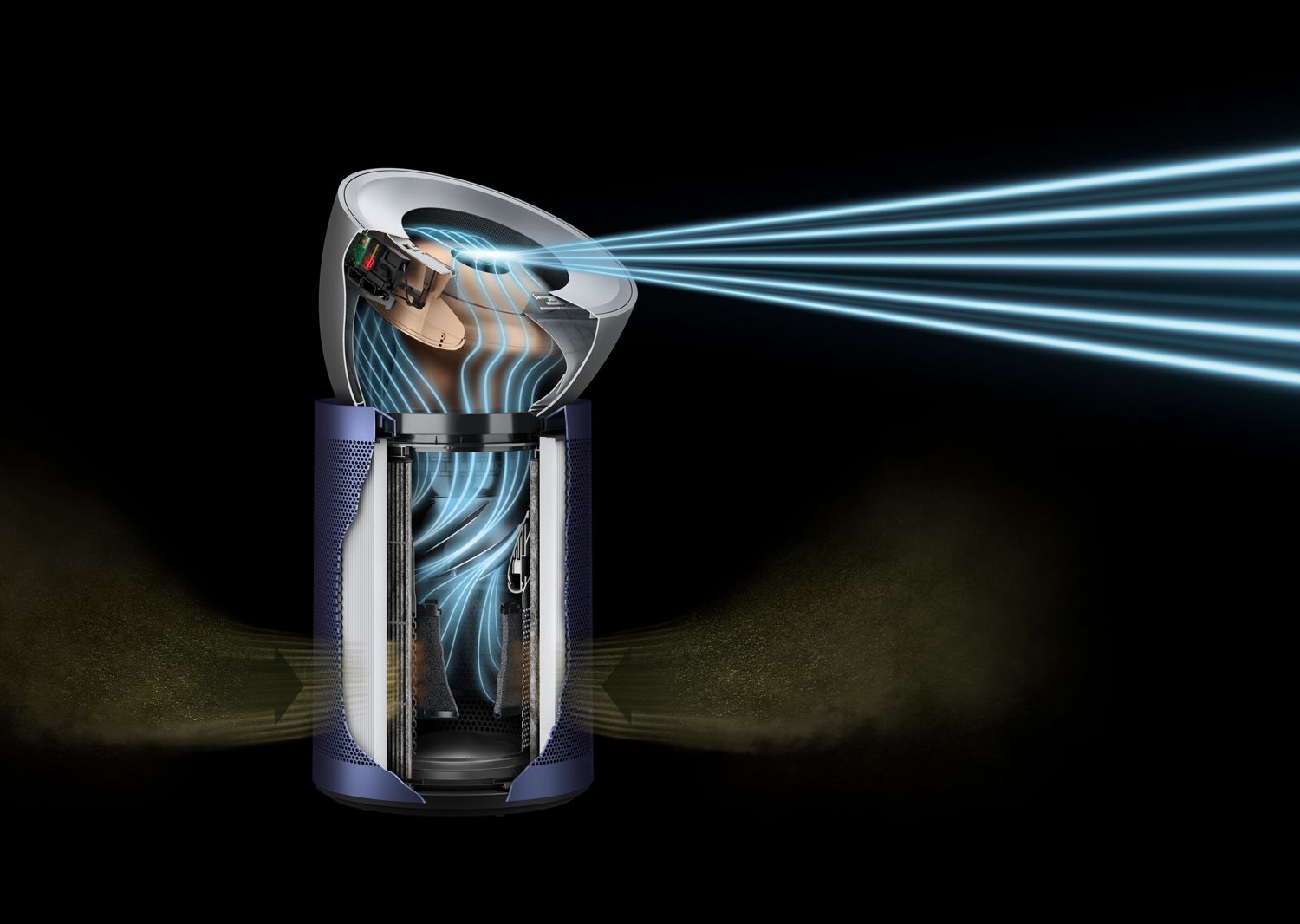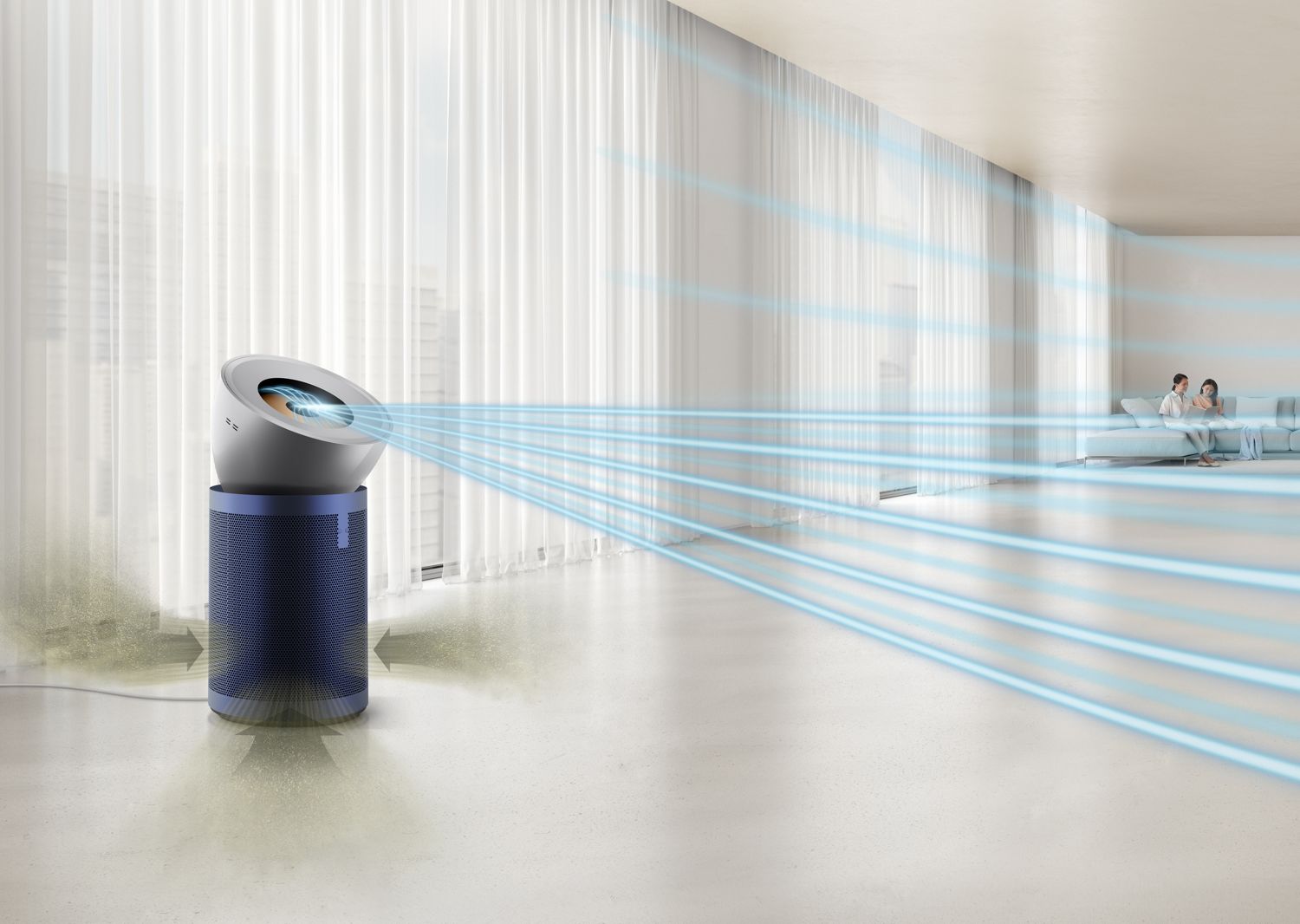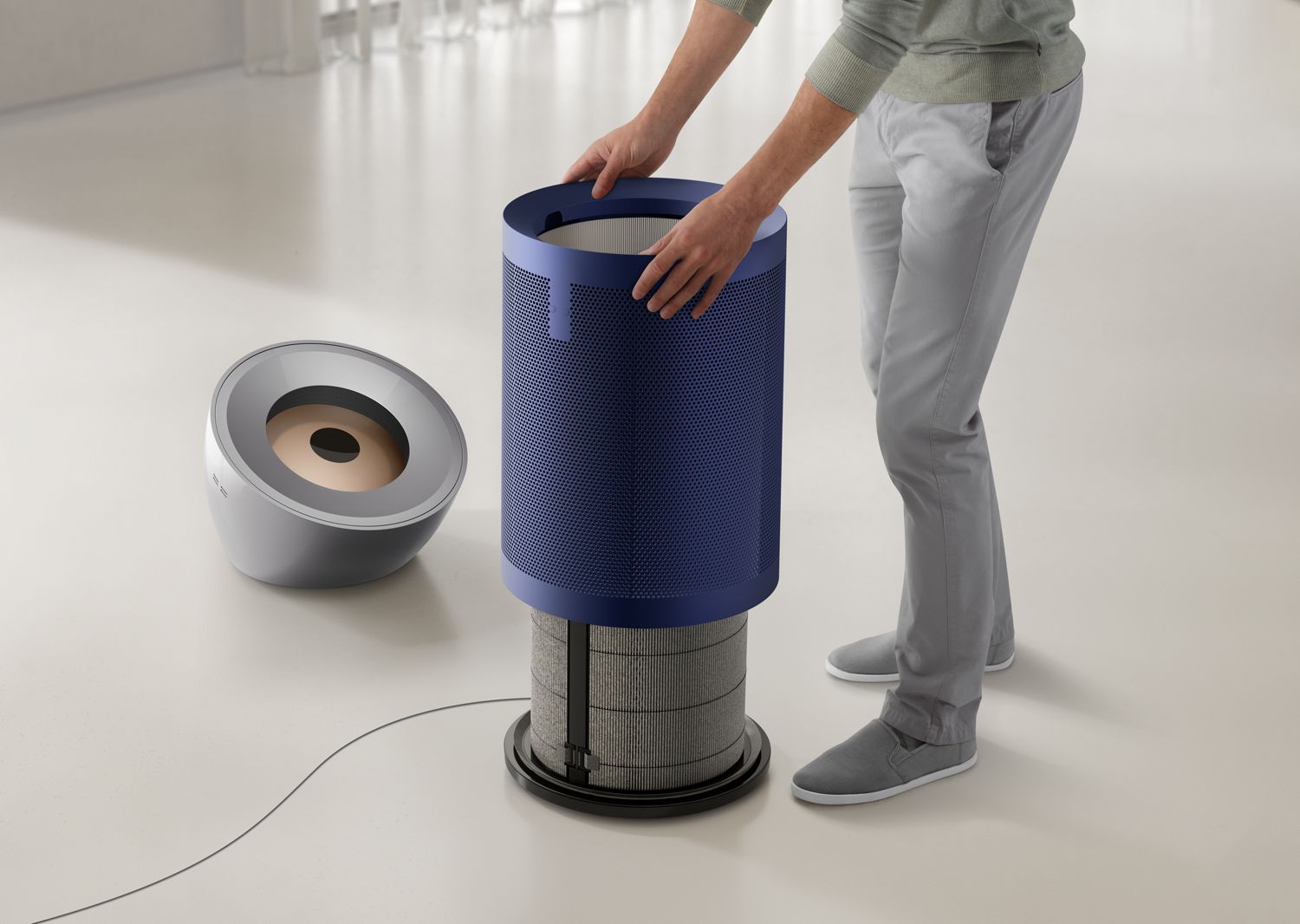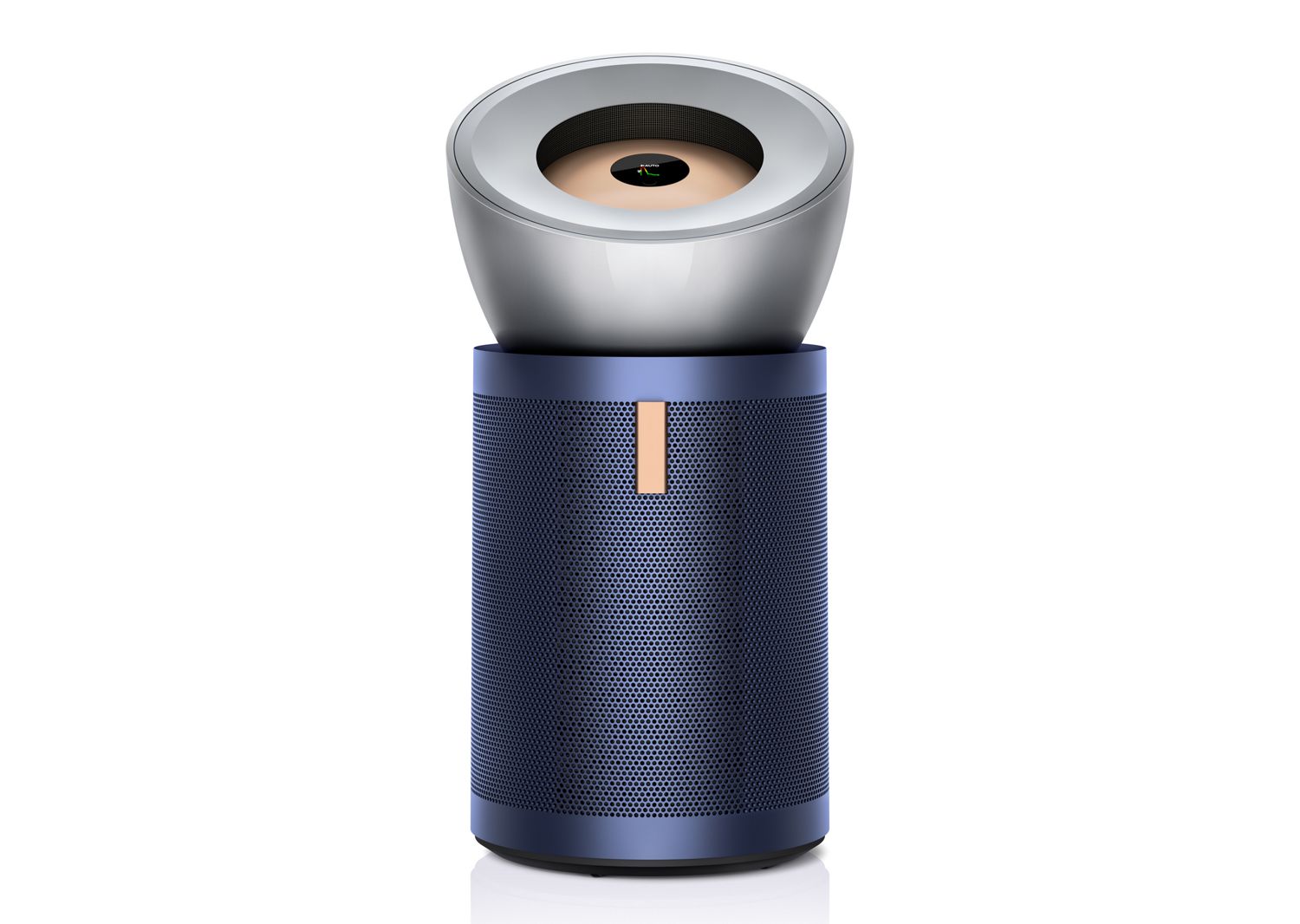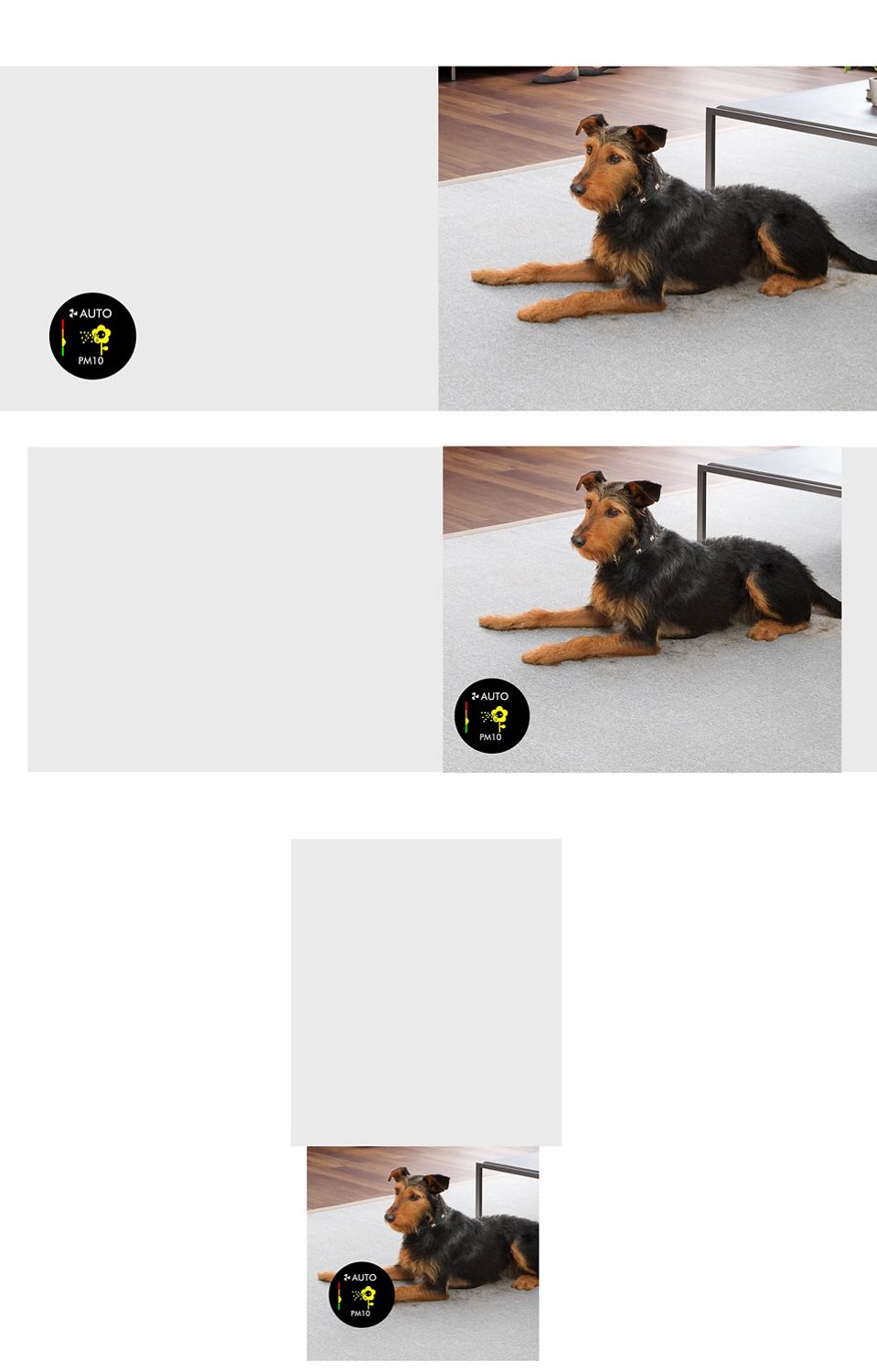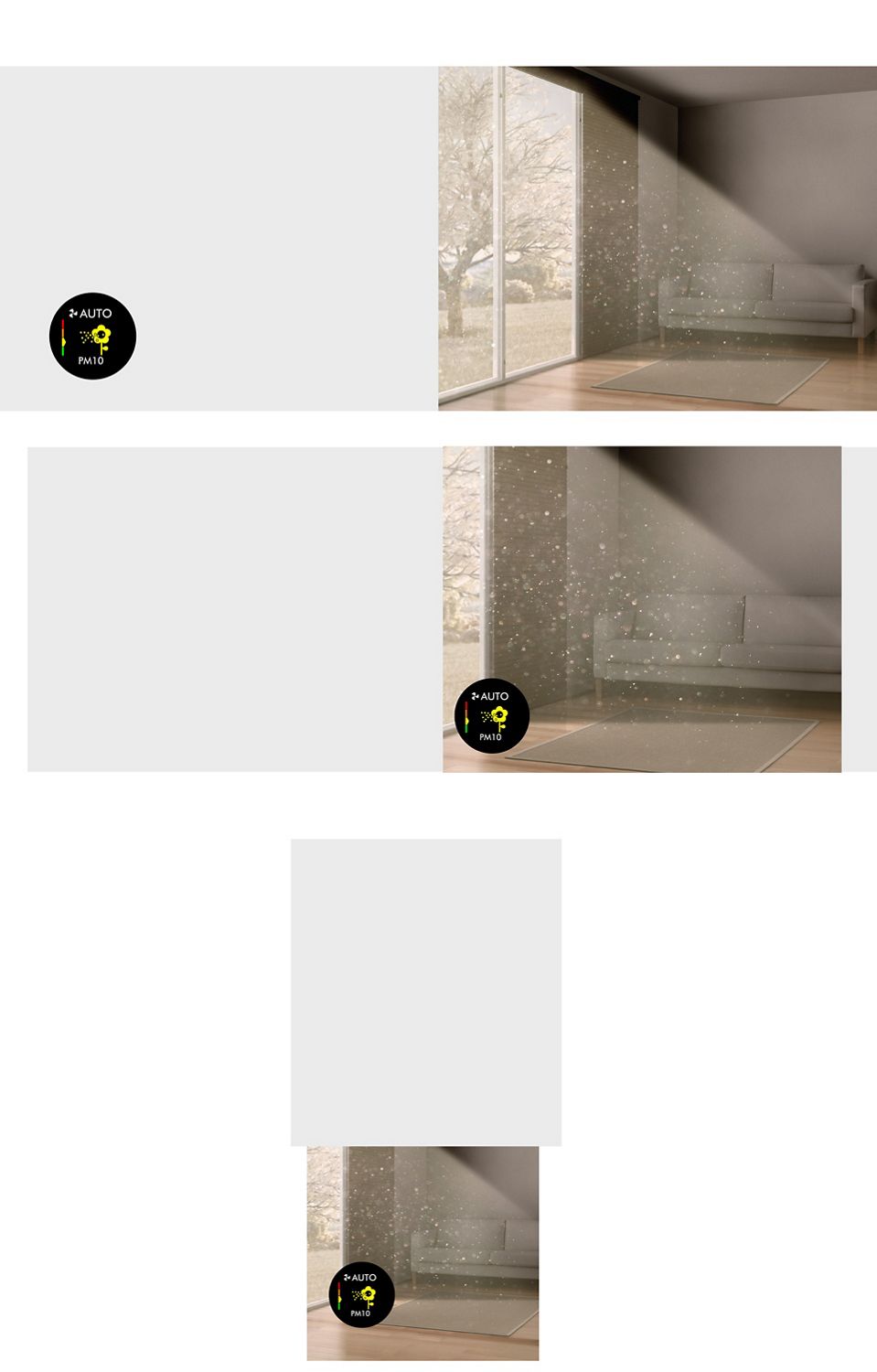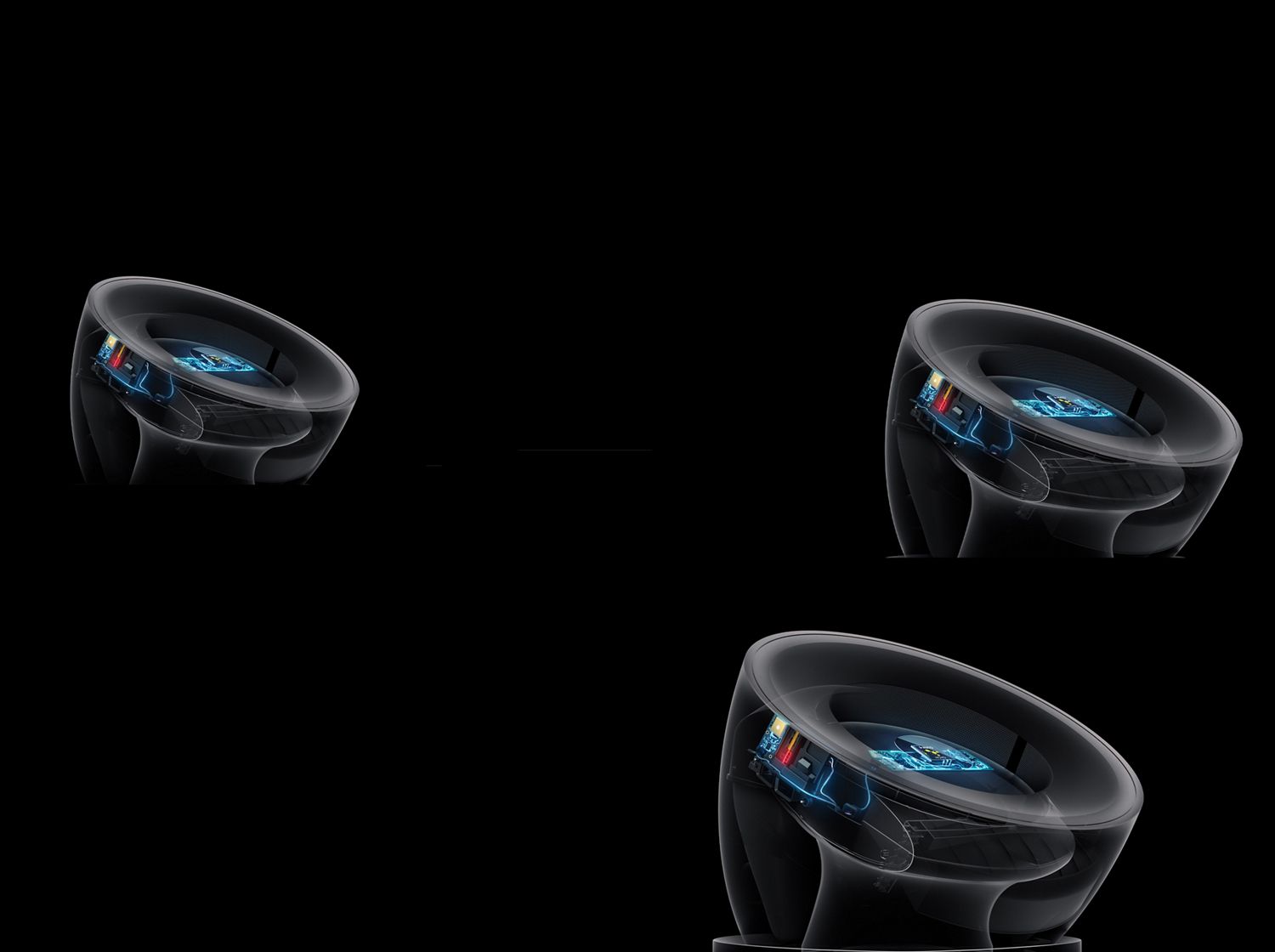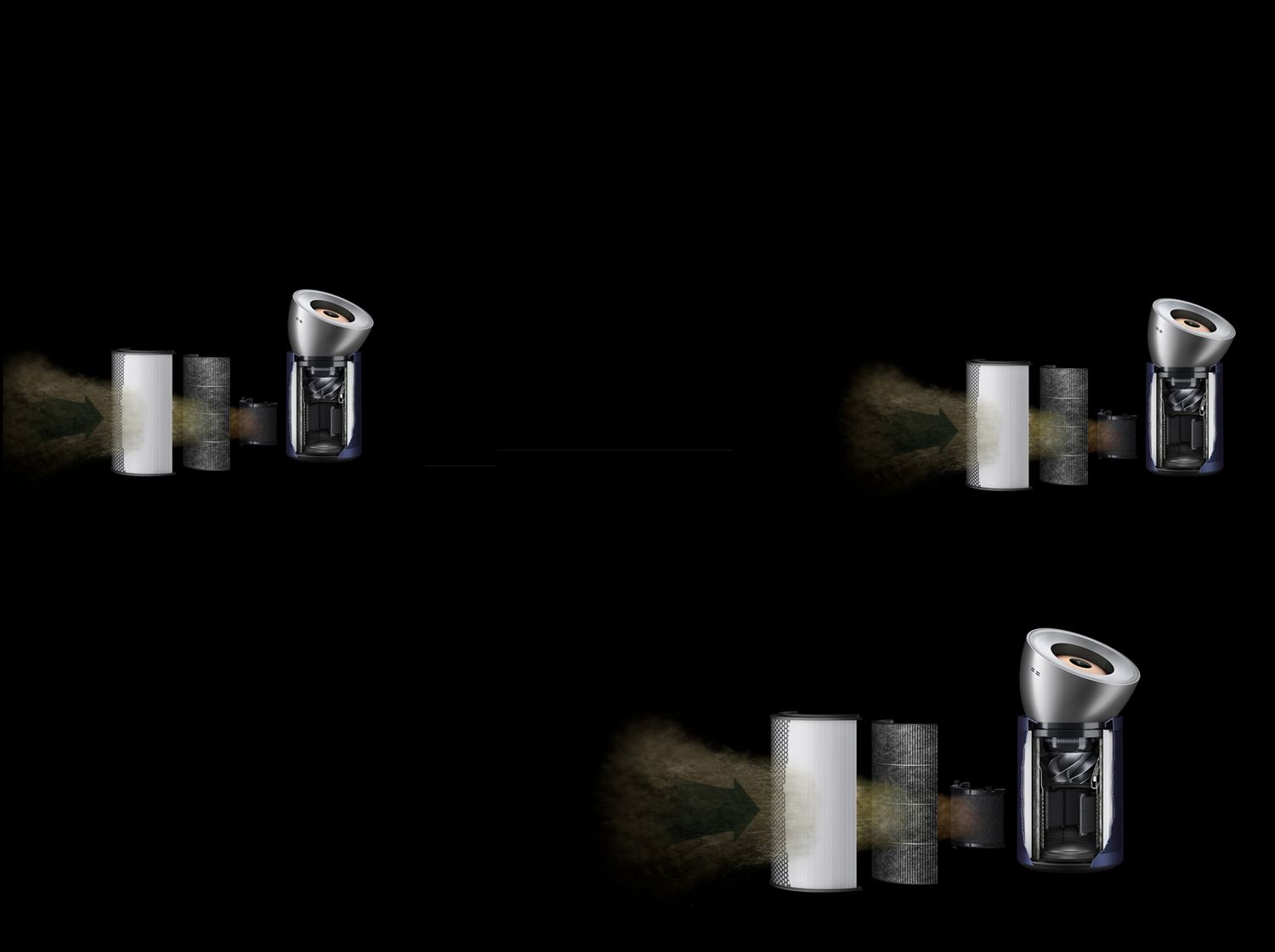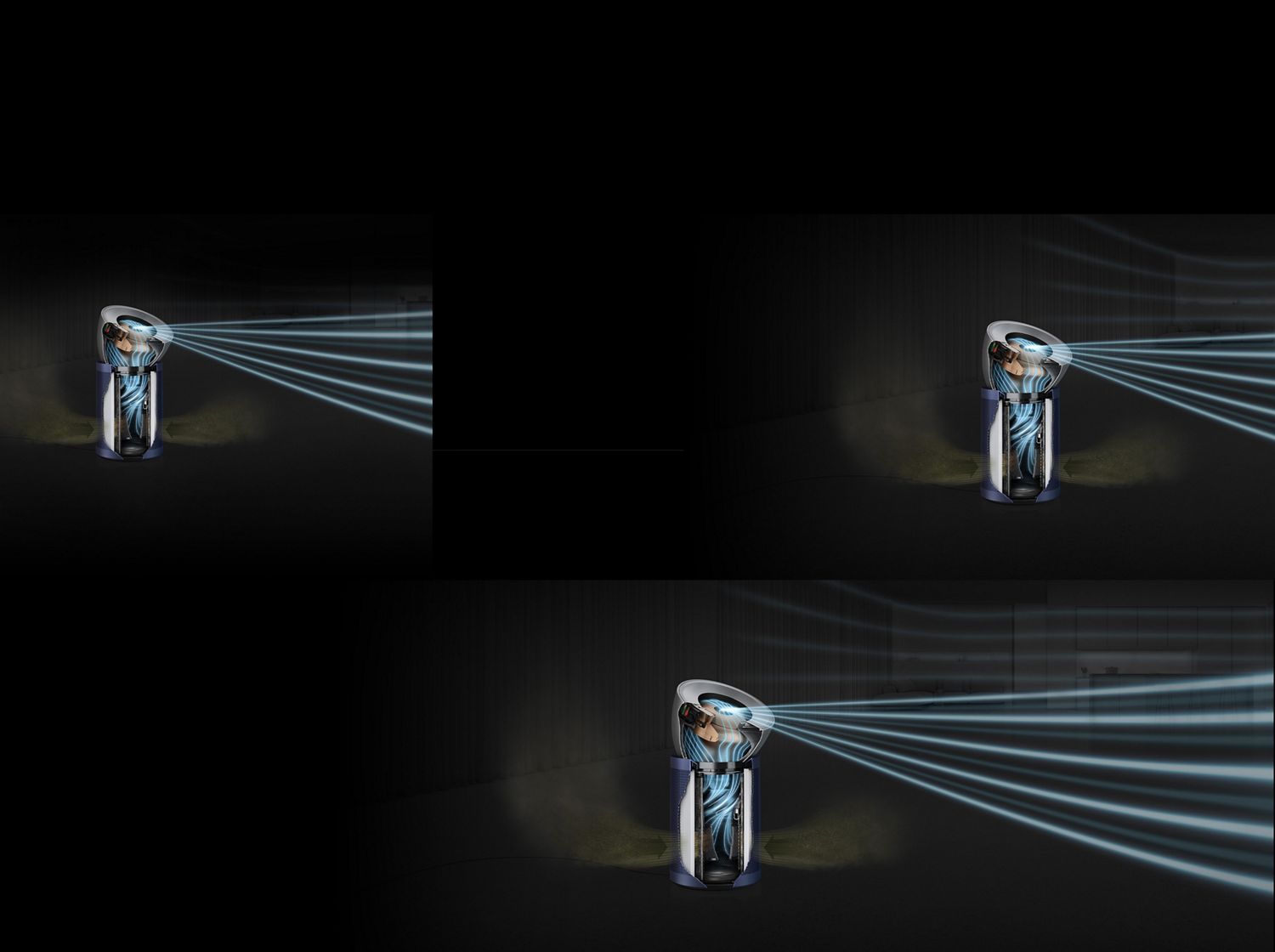Dyson Purifier Big+Quiet Formaldehyde BP03 (Bright Nickel/Prussian Blue)
Our quietest, most powerful air purifier.⁸
• For large spaces up to 100m². ¹
• Also cools you.
Canada’s #1 Most Trusted Air Purifier brand*
Dyson Purifier Big+Quiet Formaldehyde in Nickel and Prussian blue
Our quietest, most powerful air purifier. Purifies large spaces up to 100m², evenly.¹ And cools you in hot weather. With discreet, hidden wheels for easy manoeuvrability.
Advanced three-stage filtration includes HEPA H13-grade, Activated carbon and Selective Catalytic Oxidisation filters.
Removes gases,¹ odours, dust, allergens, viruses and bacteria. Captures 99.9% of viruses.² Reduces your exposure to pollen, pet dander and airborne mould spores. Captures NO₂, a common urban pollutant. Removes smoke particles from wildfires. Continuously destroys formaldehyde.²
-
Weight
11.9 kg
-
Cord length
1.8 m
-
Number of speed settings
10
-
Total height
830 mm
-
HEPA filter
Glass fiber HEPA filter
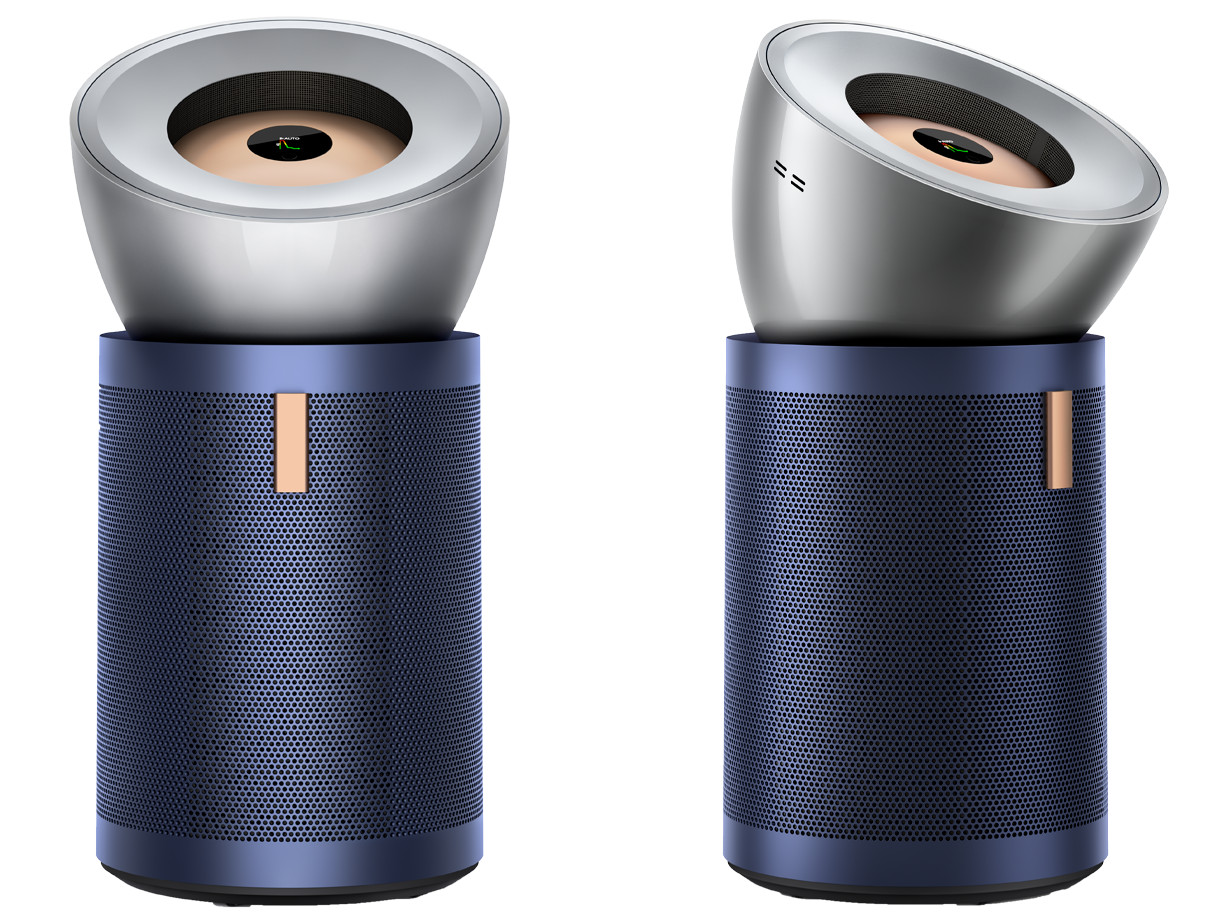
-
Height
830 mm
-
Length
434 mm
-
Width
415 mm
QUEBEC CONSUMERS:
Dyson strives to ensure the availability of spare parts and accessories for your Dyson machines; however, there may be instances where parts are out of stock. Please see below for additional information on Spares and Accessories, Troubleshooting Assistance and User Manuals, and Repair Services.
For Spares and Accessories please visit Spares & Accessories or contact the Dyson Helpline for further assistance.
For Troubleshooting and User Manuals please visit Dyson Support or contact the Dyson Helpline for further assistance.
For Repair Services and other inquiries please visit Support | Customer Service | Dyson or contact the Dyson Helpline for further assistance.
Formulations: Please note that Dyson does not offer repair parts for Dyson Chitosan™ and Dyson Omega ™ Haircare Products. Please contact the Dyson Helpline for further assistance.
Please visit The Dyson Limited Warranty Terms & Conditions for more information on Dyson’s Limited Warranty.
Reviews powered by Bazaarvoice
Dyson Purifier Big+Quiet Formaldehyde BP03 (Bright Nickel/Prussian Blue)
Overall rating
In the box
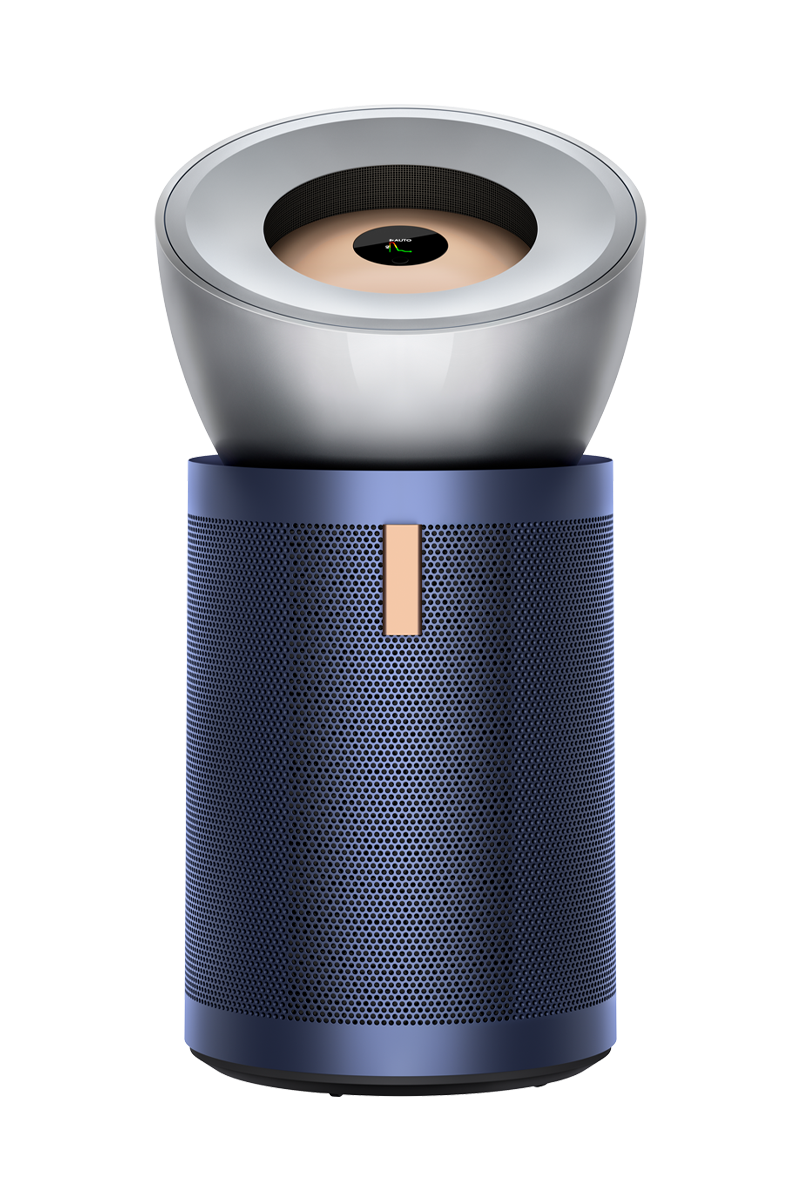
Dyson Purifier Big+Quiet Formaldehyde BP03 (Bright Nickel/Prussian Blue)
-
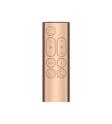
Remote control
Curved and magnetized to store neatly on the machine.
-
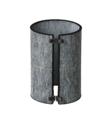
Activated carbon filter
Captures NO₂. Genuine Dyson Activated Carbon Filter lifespan is every 2 years or when alerted by the MyDyson™ app.
-
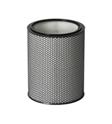
HEPA filter
Genuine Dyson HEPA Filter lifespan is 5 years.



